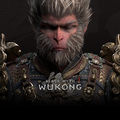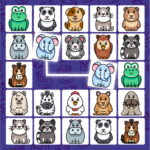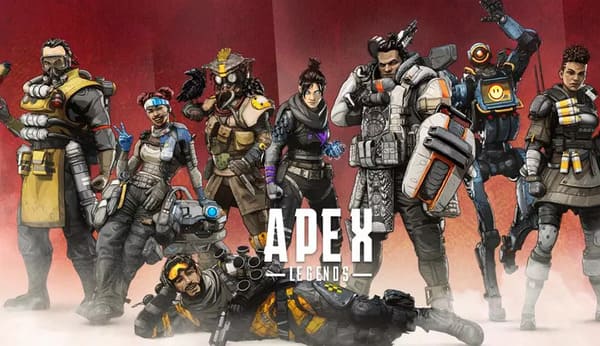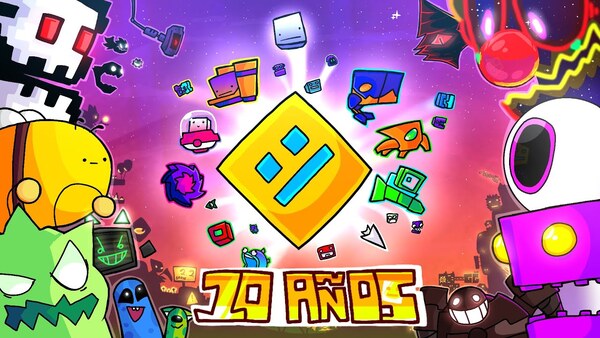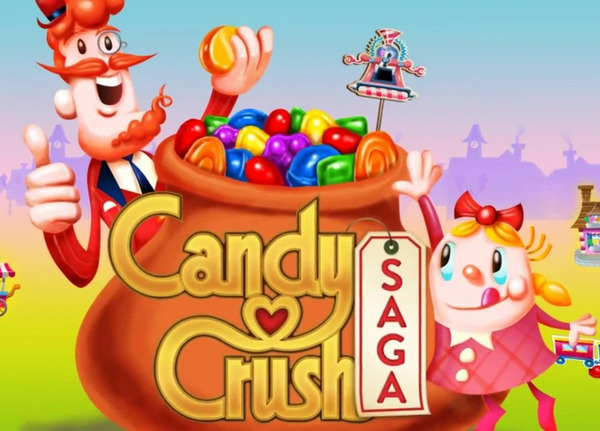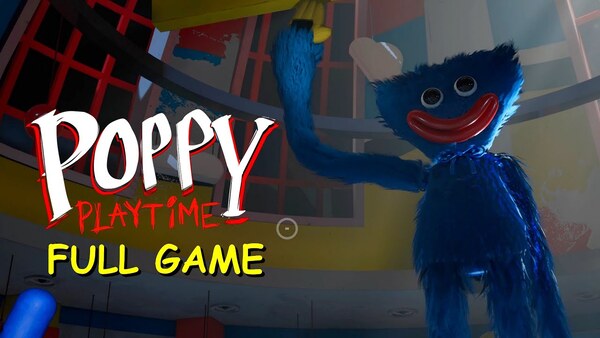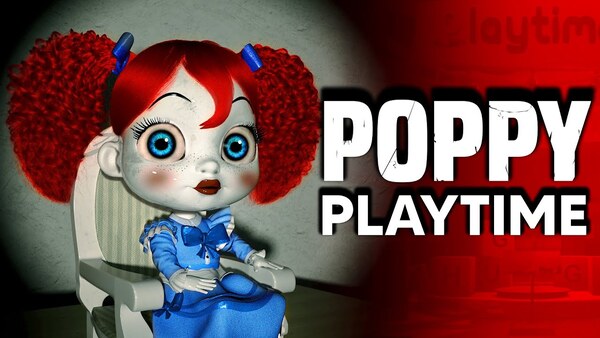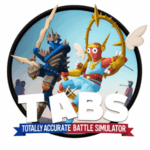The Legend of Zelda is one of the most iconic and beloved video game franchises of all time. Developed by Nintendo, the series debuted in 1986 and has since become a cornerstone of the gaming industry. With its perfect mix of exploration, puzzle-solving, combat, and storytelling, it has set the gold standard for action-adventure games.
This in-depth guide explores the history, gameplay, major titles, characters, innovations, and legacy of the Legend of Zelda, highlighting why it continues to captivate players worldwide.
What is The Legend of Zelda?
The Legend of Zelda is a fantasy action-adventure series where players typically assume the role of Link, a courageous hero tasked with saving Princess Zelda and thwarting the evil plans of Ganon or Ganondorf.
Key Themes
-
Courage and heroism
-
The eternal struggle between good and evil
-
Mystical relics and prophecy
-
Exploration and discovery
Each title features a unique setting but shares recurring elements like the Triforce, Master Sword, and legendary dungeons.
The History of the Franchise (1986 – Present)
The Early Era (1986–1998)
The Legend of Zelda (1986)
-
Platform: NES
-
Groundbreaking open-world exploration
-
Nonlinear gameplay and dungeons
A Link to the Past (1991)
-
Platform: SNES
-
Introduced Light and Dark Worlds
-
Highly polished top-down perspective
Ocarina of Time (1998)
-
Platform: Nintendo 64
-
First 3D Zelda game
-
Introduced Z-targeting and cinematic storytelling
-
Frequently ranked as the greatest game ever made
Evolving Gameplay and Mechanics
Puzzle-Solving and Dungeons
Dungeons are central to Zelda games. They contain traps, puzzles, keys, minibosses, and unique items critical for progression. Solving these dungeons requires logic, timing, and observation.
Exploration and Freedom
Whether it’s sailing the seas, flying through the skies, or exploring open-world Hyrule, exploration is at the core of every Zelda game. Players are rewarded with heart containers, secret weapons, and lore.
Combat System
Combat evolved from 2D slashing to complex 3D duels using a variety of weapons, shields, bows, magic, and environmental tools. Recent titles like Breath of the Wild feature advanced physics and enemy AI.
Major Characters and Their Roles
Link – The Silent Hero
Link is the player-controlled protagonist, often chosen by fate. Although he rarely speaks, he symbolizes courage and righteousness.
Princess Zelda – The Wise Ruler
Zelda is often a powerful sage, goddess reincarnation, or active hero. She plays a crucial role in lore and sometimes aids Link directly in battle or quests.
Ganon/Ganondorf – The Main Antagonist
The primary villain throughout the series. He seeks the Triforce of Power and wants to rule or destroy Hyrule. Appears in both human (Ganondorf) and beast (Ganon) forms.
Iconic Items and Tools in the Series
Zelda games feature a variety of magical and mechanical items used for combat and puzzle-solving.
Master Sword – The Blade of Evil’s Bane
Hylian Shield – Iconic shield used for defense
Hookshot – Pulls Link across gaps or grabs items
Boomerang – Stuns enemies and activates distant switches
Bombs – Used to open hidden walls
Bow and Arrows – Versatile ranged weapon
Special tools like the Sheikah Slate, Gust Bellows, or Ocarina of Time are unique to specific games and tied into world mechanics.
Most Influential Zelda Games
Ocarina of Time (1998)
-
First 3D entry, revolutionized the genre
-
Featured time travel, horseback combat, and musical mechanics
The Wind Waker (2002)
-
Cel-shaded visuals and ocean exploration
-
Initially controversial but now widely beloved
Twilight Princess (2006)
-
Darker story, wolf transformation mechanic
-
Realistic art style and massive dungeons
Breath of the Wild (2017)
-
Open-world reinvention of the series
-
Freedom-first gameplay with climbing, gliding, and crafting
-
Weapon durability and physics-based puzzles
Tears of the Kingdom (2023)
-
Expanded mechanics from Breath of the Wild
-
Introduced building, vertical world exploration, and deeper story
Music and Sound Design
Zelda’s music is legendary. Composed mainly by Koji Kondo, it evokes emotion, mystery, and grandeur.
Iconic Tracks:
-
Zelda’s Lullaby
-
Lost Woods Theme
-
Song of Storms
-
Gerudo Valley
-
Hyrule Field Theme
Music also plays a mechanical role in games like Ocarina of Time, where songs unlock secrets or manipulate time.
Visual Style and Presentation
Zelda’s art direction changes drastically across games to suit the tone:
Pixel Era – Clean, colorful 2D sprites (NES, SNES)
Realistic 3D – Ocarina, Twilight Princess
Cel-Shaded – Wind Waker, Spirit Tracks
Hand-Painted – Skyward Sword
Naturalistic – Breath of the Wild, Tears of the Kingdom
Nintendo emphasizes timeless visuals over realism, which helps the series age gracefully.
Cultural Impact and Legacy
Zelda has influenced countless games and developers. It has won hundreds of awards and continues to be praised for its innovation and quality.
-
Ocarina of Time is often ranked the best game ever
-
Breath of the Wild redefined open-world design
-
Zelda symphony tours and merchandise extend its cultural reach
-
Characters featured in other franchises (e.g., Super Smash Bros.)
The Future of The Legend of Zelda
Following Tears of the Kingdom, Nintendo has expressed interest in continuing with open-world and sandbox gameplay. Players hope for:
-
A return of classic-style dungeons
-
A playable Zelda or co-op experience
-
More story-focused entries
-
Spin-offs or remakes of older games
Whatever comes next, the franchise is far from over.
Final Thoughts: Why The Legend of Zelda Endures
For nearly four decades, The Legend of Zelda has delivered unforgettable adventures, deep puzzles, breathtaking worlds, and timeless stories. It’s not just a video game — it’s a journey of courage, wisdom, and power. Each entry pushes boundaries while honoring tradition, earning it a permanent place in the hearts of players worldwide.


